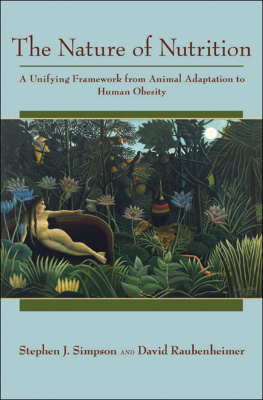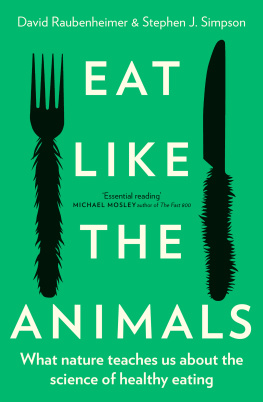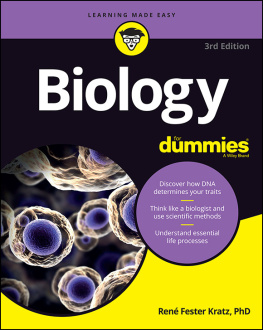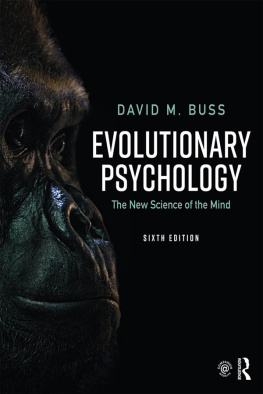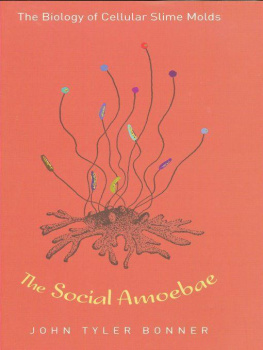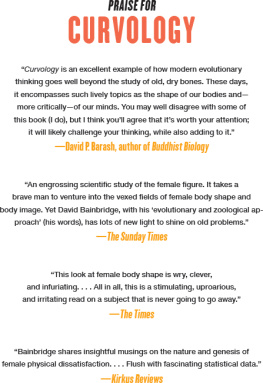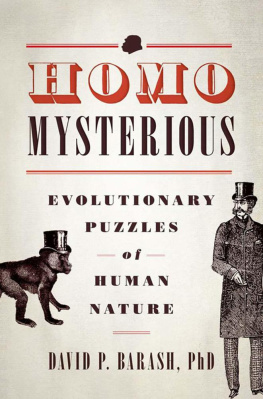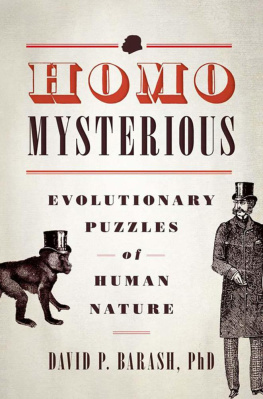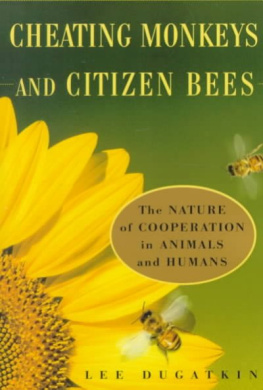Copyright 2020 by David Raubenheimer and Stephen Simpson
All rights reserved
For information about permission to reproduce selections from this book, write to or to Permissions, Houghton Mifflin Harcourt Publishing Company, 3 Park Avenue, 19th Floor, New York, New York 10016.
hmhbooks.com
Library of Congress Cataloging-in-Publication Data is available
ISBN 978-1-328-58785-5 (hbk)
eISBN 978-1-328-58786-2
v1.0320
To Jacqueline, Gabriel, Julian, Jan, and Fred
DR
To Lesley, Alastair, Nick, and Jen
SJS
Introduction
Stella lived in a community on the outskirts of Cape Town, South Africa. She was one of twenty-five adults who between them had an impressive forty children. It was a serene setting on the foothills of Table Mountain, surrounded by vineyards, pine plantations, groves of eucalyptus trees, stretches of natural fynbos vegetation, and a few suburban settlements.
Caley Johnson was a young anthropology student from New York City. Her graduate thesis was on nutrition of a rural population in Uganda, who lived almost entirely off natural foods. Her advisors suggested that it would be an interesting comparison to include in the study a population that ate not only natural foods but also some sugary and fatty processed foods. This is what brought Caley to Cape Town, where she and Stella met.
Caleys research approach, standard for her field, involves watching individuals throughout an entire day and recording which foods they eat and how much of each. The foods are then analyzed in a laboratory for their nutrient content to give a detailed daily record of the diet. But this study was radical in one respect: rather than follow several subjects, each on a separate day, the team had decided to study the diet of only one individual for thirty consecutive days. Caley therefore came to know Stella and her eating habits intimately.
What she saw was intriguing. Stellas diet was surprisingly diverse: she ate many foods, almost ninety different things over thirty days, and on each day, she ate different combinations of natural and processed foods. This suggested that Stella was not particularly discerning, indiscriminately eating whatever she fancied. The numbers from the nutrient laboratory appeared to tell the same story. The ratio of fats to carbohydrates in Stellas diet varied widely, as might be expected given the variety of foods that she ate and how these differed from one day to the next.
Then Caley noticed something unexpected. When she totaled the combined calories from carbs and fats each day and plotted that figure on a graph against the amount of protein consumed each day, there was a tight relationship. This meant that the ratio of protein to fats and carbsa very important measure of dietary balancehad remained absolutely consistent over the course of an entire month, regardless of what Stella had eaten. Whats more, the ratio that Stella had eaten each dayone part protein to five parts fats and carbs combinedwas the same combination that had been proven to be nutritionally balanced for a healthy female of Stellas size. Far from being indiscriminate, Stella was a meticulously precise eater who knew which dietary regimen was best for her and how to attain it.
But how did Stella track her diet so precisely? Caley knew the complexities of combining many foods into a balanced dieteven professional dietitians have to use computer programs to manage this. Could it be, she might have been forgiven for wondering, that Stella was secretly an expert in nutrition? Except that Stella was a baboon.
A confounding story, when you consider all the dietary advice we humans seem to require in order to eat properly (not that it does most of us a lot of good).
Meanwhile, our wild cousin, the baboon, apparently has figured it all out by instinct. How could such a thing be so?
Before we begin to explore that question, heres another tale, even weirder. It starts with a lab scientist named Audrey Dussutour at the University of Sydney. One day Audrey took her scalpel and started preparing an experiment by cutting a gooey blob of slime mold into small pieces. Beside her on the bench sat hundreds of Petri dishes, all set out neatly in rows.
Audrey picked up each fragment of yellow goo with forceps and carefully transferred it into the center of a dish, then covered it with a lid. The dishes contained either small blocks of protein or carbohydrate, or a wheel of eleven tiny bits of jelly-like food medium varying in the ratio of protein to carbs. Once all dishes had received their bit of slime mold, Audrey stacked them in a large cardboard box and left them overnight.
The next day, she opened the box and laid out the dishes again on the bench. When she looked closely, she was astonished. Each bit of goo had changed overnight. When the slime molds were offered two blocks of foodone of protein, the other of carbsthe blobs extended their growing tendrils to both nutrients, reaching out just far enough in each direction to pull in a mix of the two. That mixture contained precisely two parts protein to one part carbs. Even more incredibly, when bits of goo were placed in dishes containing eleven different food blocks, the tendrils grew overnight from the center of the dish to colonize only the blocks containing that same two-to-one nutrient mixture, ignoring the rest.
What is so special about a diet of two parts protein to one part carbs? The answer came when Audrey placed pieces of slime mold into dishes containing differing combinations of protein and carbohydrate. The next day, some bits of slime remained stunted, whereas others had grown dramatically, extending themselves across the dish in a lacy network of pulsing yellow filaments. When Audrey later mapped the growth of the blobs, it was as if she had charted the up-and-down contours of a mountain. Goo placed on a nutrient that was two parts protein to one part carbs sat at the summit of the growth mountain. As the proportion of protein fell and carbs rose, or vice versa, the blobs growth decreased. In other words, when the bits of slime mold were given the chance to select their own diet, they chose precisely the mixture of nutrients needed to optimize healthy development.
Audreys yellow goo with the remarkable nutritional wisdom is a creature with the scientific name Physarum polycephalum literally, many-headed slime. It is the real-life version of The Blob of B-movie fame. It is seldom seen, but like other slime molds (including the wonderfully named dogs-vomit slime mold) and fungi, it lives a secretive life among the leaf litter, logs, and soils of the worlds forest floors. It is a single-celled creature with millions of nuclei, which can regenerate itself from tiny pieces, crawl like a giant amoeba, and grow its own complex, reticulated architecture of tubes that pulse and distribute nutrients around its network. It simply creates tentacles and then reaches out with them to grab whatever it wants to eat. Fascinating, if a little horrifying.
Now, we may be able to accept that Stella the baboon can make some wise nutritional decisions. But how can a single-celled creature without organs or limbs, let alone a brain or a centralized nervous system, make such sophisticated dietary choices and then carry them out?
This puzzled us, too, so, we asked an expert.
Professor John Tyler-Bonner passed Steve a laboratory beaker filled with steaming coffee, freshly brewed on the naked blue Bunsen burner flame that hissed quietly on the teak benchtop. Steve sat discussing Audreys results with this venerable guru of slime mold biology in Johns officea time capsule that has not been refurbished since 1947, when John first arrived on faculty at the Department of Ecology and Evolutionary Biology at Princeton University. He pioneered the study of slime molds, and his work has helped lay the foundation for the study of complex decision-making within distributed entities, such as bird flocks and fish schools, crowds of people, or global corporations.



